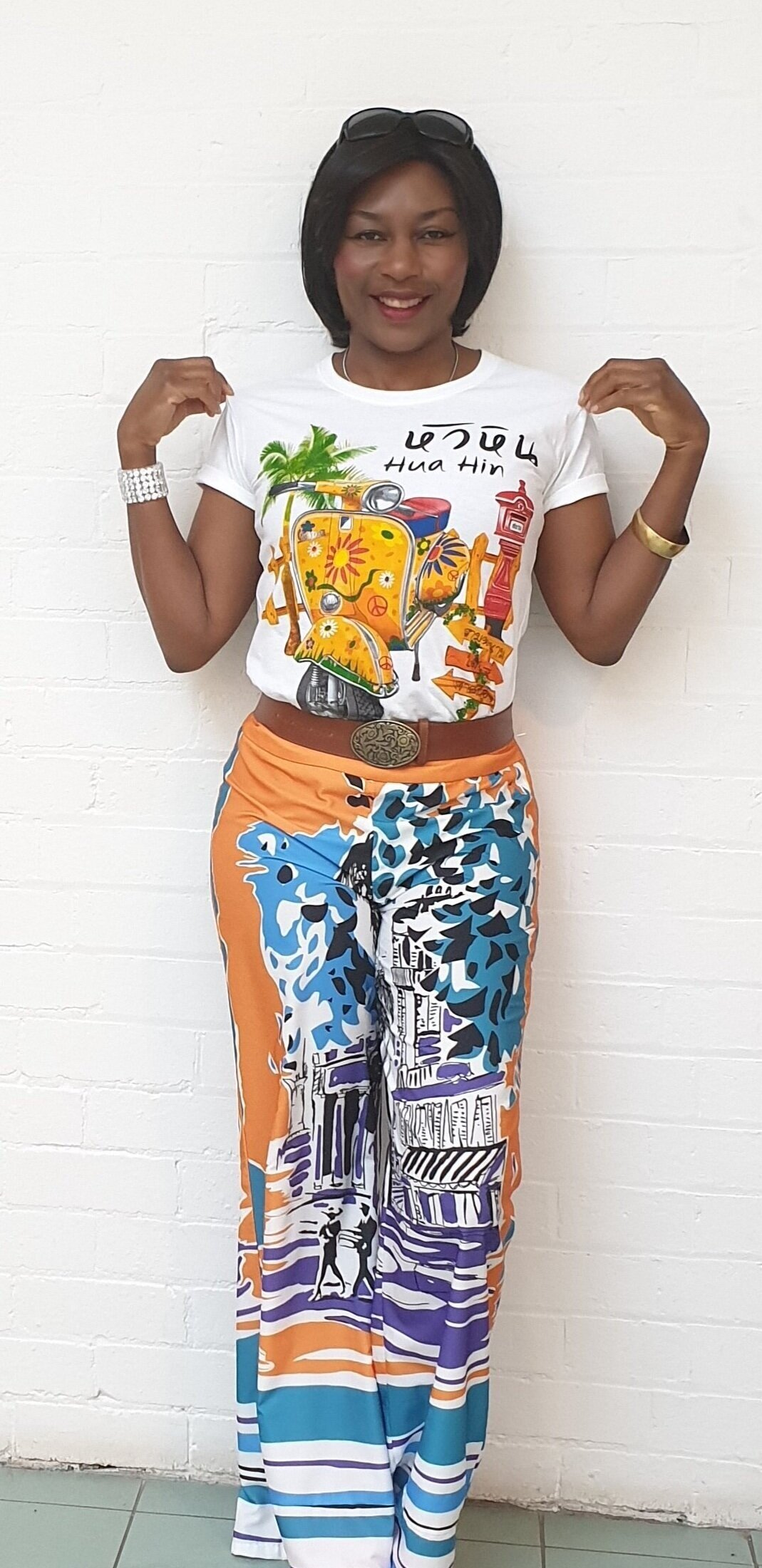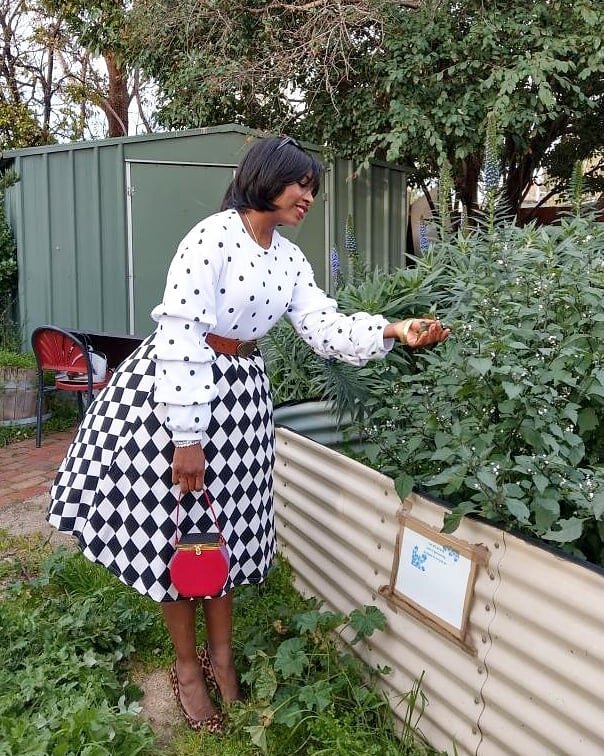I was ruminating on verbal communication and it suddenly struck me how much communicating with our words is so similar to communicating with our personal style. Whether it’s professional or personal interactions, the need for authenticity has never been stronger. Moreover, communicating in these two ways can be uplifting or destructive.
They might seem like random and disparate elements, but you can draw parallels between your words and your style when you look at them from the same angles. With these two aspects, the idea is to ensure our communication has a more positive effect. I often write about style so this time we’ll look at these parallels more through the lens of verbal communication.
It’s usually more straightforward when we communicate with our words. However, even though we don’t realise it, we communicate with our clothes too. Experts say within the first few seconds of meeting you, people form a long-lasting first impression. And your outfit plays a big role in this because it’s communicating something about you.
You know the saying, ‘if you don't have anything nice to say then don't say anything at all’? (They probably should have put that in the fine print when social media was invented.) The more I think about it though, another concept hits home which is if you don't really mean what you say then you probably shouldn’t say it at all. Purposeless and excessive talking can sometimes either be needlessly time-consuming or can cause miscommunications. On the other hand, when communication is born out of purpose, it can be healthy and more constructive.
Translate this notion into a clothing personal style context and it might sound like, ‘if you don’t need it, then don’t buy it.’ Garments that don’t reflect your personality, lifestyle, character or body shape should have no business on your body because they can miscommunicate who you are and present a false impression. Personal style that stays true to who we really are can bring about harmony within ourselves and communicate the right signals about us. Much like using excessive words, buying too many clothes because they’re trendy or affordable causes waste which is neither good for you nor the environment. Simply put, don’t waste your words and don’t waste fashion.
Letting all your communication resonate and align with your inner truth, will very likely equate to speaking less. And this might not be a bad thing. Social norms are designed in such a way that we’re expected to fill the air with words all the time. Otherwise, we might be doomed to go through dreadful and painfully awkward moments of silence. We’ve all experienced situations where we may have felt pressure to converse when in fact, we didn’t have anything to say. A simpler example is when we utter the word, ‘thanks’. Do you really mean it when you say it, or does it just mindlessly slip through your lips? In other words, do you genuinely feel a sense of appreciation when you use it?
Speaking mostly with intention and purpose is a powerful stance that gives your words more weight and value. So that when you do speak, there’s more effectiveness and hopefully an upbuilding quality to conversation. For this reason, perhaps an awkward silence need not be awkward after all. What if we turned those awkward silences to golden moments of connection where we’re comfortable enough to be present with each other in our silence? What if in these moments we turned the vibe from awkward to chill by smiling more, showing empathy and kindness even with our eyes? This should be a mood. I reckon it’ll feel strange at first. But it’s okay because we’ll get to listen more and add to our wisdom. The effort will be worth the reward of feeling a better sense of balance and alignment both internally and with the outside world. This could mean less pressure, less anxiety and more authenticity.
In the language of style, intention and purpose look like deliberately wearing clothes that express yourself as opposed to following a trend because you feel you have to. The pressure to dress for your age or peer group can conflict with how we actually mean to present ourselves. This can feel awkward and people can sense it. What if we ignored peer and overconsumption trends in favour of a personalised wardrobe that was almost as unique as a fingerprint? Much like those golden moments of silence I described earlier, it would mean feeling less pressure to conform to a mere social expectation. So, whether it's your words or your style, let your communication have meaning and purpose. They can both have tremendous value if applied in the right way.
Authenticity stems from letting go of the fear of opposing norms and expectations for the sake of just being yourself. Once we’re able to navigate the waters of everyday life without the social pressure to say meaningless words for the sake of it, we’ll have more peace. Likewise, when we stop acquiring excessive amounts of clothing that does not always represent us, we minimise ecological problems.
Be it through style or words, our communication has the power to spread harmony or cause pain and disaster for ourselves and others. Therefore, communicating authentically might just be the superpower that brings more fulfilment into our lives.
STYLING
The black and gold military jacket paired with the red VW print top and red vintage patchwork skirt is a tailored piece over a playful outfit. Finished off with a pair of mint sneakers. Might be fair to say it expresses a playful nature coupled with a formal streak? What do you think?
Outfit sourced from:
Black & Gold Military Jacket - Marketplace
Red VW Print Top - South Melbourne Community Chest Op Shop
Red Vintage Patchwork Skirt - Red Cross Op Shop
♥ Nina Gbor

















